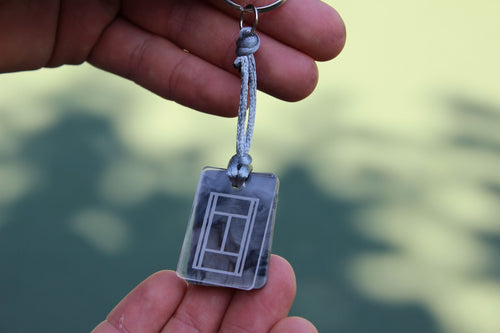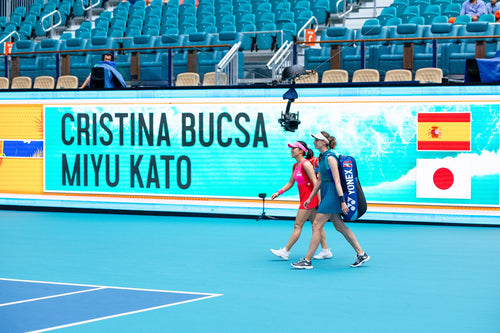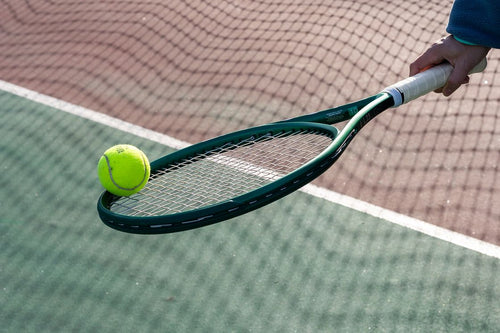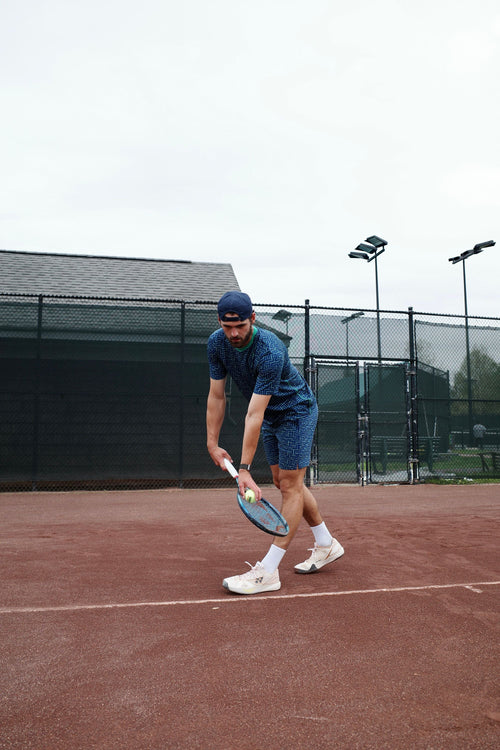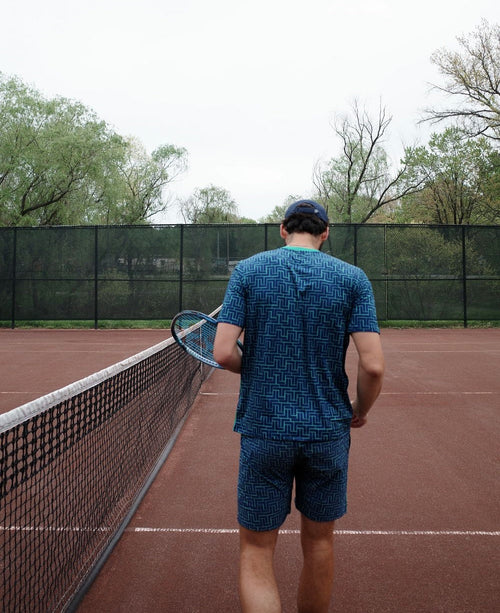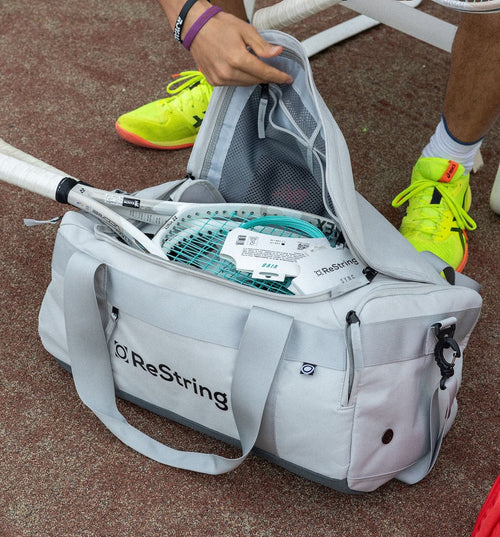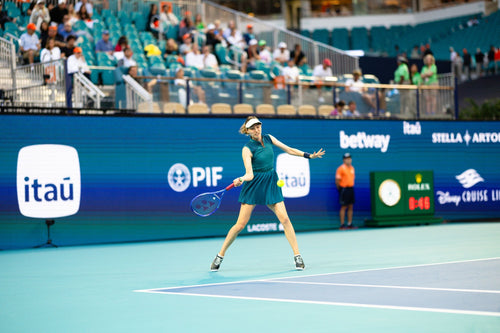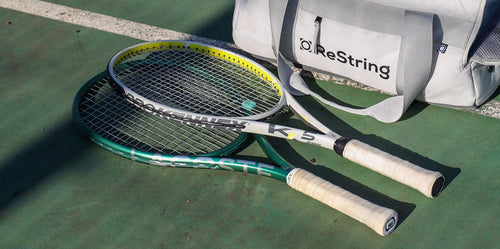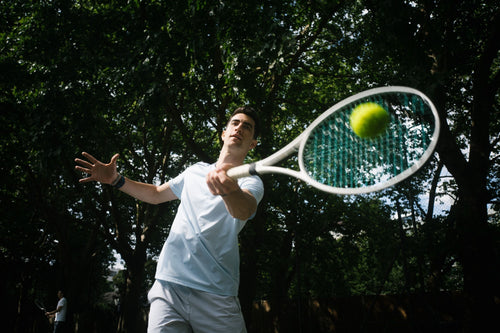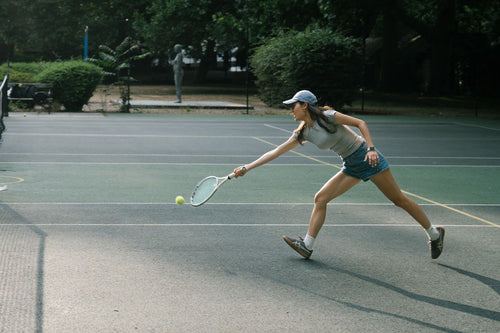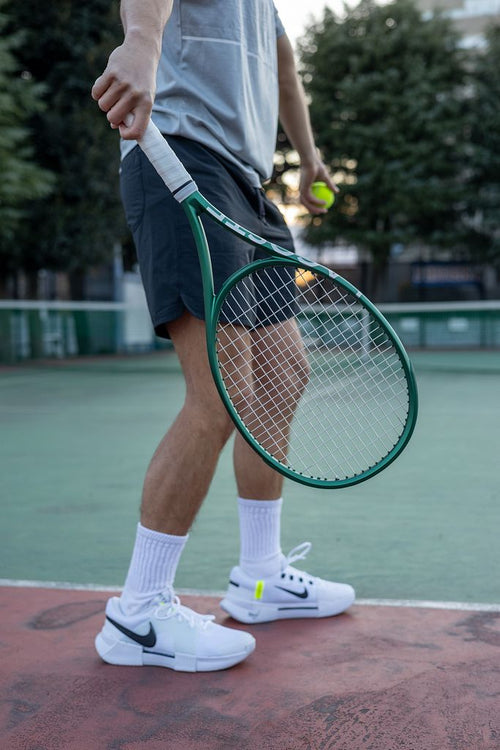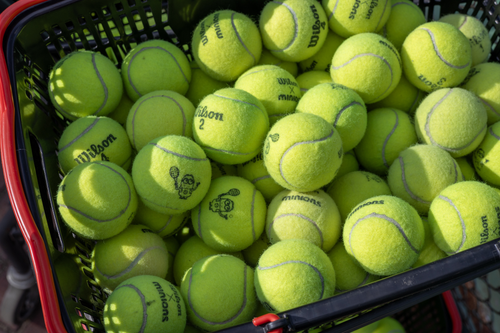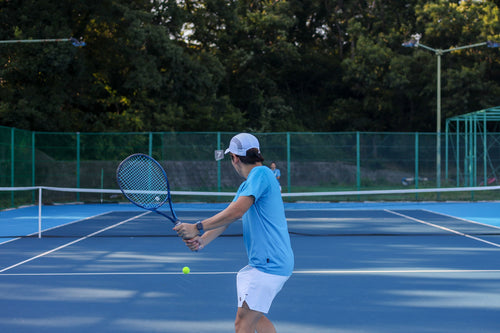The Evolution of Tennis Fashion
Juan
Tennis fashion has gone from Victorian formality to the modern tenniscore aesthetic.
What players wear today looks nothing like the restrictive clothing from the sport's early days. For example, the recent ReString x Valldoreix collaboration shows how far we've come.
In this article, we'll cover the evolution of tennis fashion from the late 1800s right until present day. You'll see how each era brought its own style and how those connected to the game itself.
Late 1800s: The Victorian Era
Women wore full-length dresses with long sleeves and corsets when tennis began. The clothing severely restricted movement and reflected strict social conventions of the time.
Men competed in full-length flannel trousers, buttoned shirts, and ties. This formal attire made playing physically demanding and uncomfortable.
White clothing became favored at Wimbledon because it concealed sweat stains. The color choice was about maintaining appearances rather than performance.
1920s-1960s: Shorts, Skirts, and Tennis Brands
Suzanne Lenglen shocked Wimbledon when she appeared in a sleeveless, calf-length dress and bandeau. Her bold choice in 1919 marked the beginning of more practical tennis fashion.
René Lacoste introduced the breathable piqué cotton polo shirt in 1929. Lacoste later founded his fashion brand using his "crocodile" nickname as the logo, which is still operating today.
The post-WWII era saw shorter hemlines for women and shorts for men becoming standard. These changes reflected broader social shifts happening after the war.
Fred Perry introduced his branded polo shirt in the 1950s. This laid the groundwork for modern tennis apparel companies that would follow.
1970s-1980s: Color Explodes on Court
Social shifts of the 1970s brought an explosion of color and pattern to tennis courts. Players embraced vibrant hues and bold designs that reflected the era's cultural energy.
Wimbledon retained its all-white rule while other tournaments embraced the colorful revolution. This created a clear visual distinction between traditional and progressive events.
New synthetic fabrics offered better breathability and flexibility than previous materials. The technical improvements meant players could perform better while looking bolder.
John McEnroe embodied the rebellious style of the era with his trademark headband and loose-fitting polos. His look matched his on-court attitude perfectly.
Yellow tennis balls became standard during this period, which influenced apparel color palettes. Designers started thinking about how clothing would look against the new bright yellow balls.
1990s: Streetwear, Denim, and Widebody Rackets
Andre Agassi wore oversized denim shorts, neon-colored shirts, and a flowing mullet in the early 1990s. His bold style challenged every traditional notion of what tennis fashion should be.
The Nike "Challenge Court" collection brought streetwear energy to the sport. Baggy fits and vibrant colors defined the era's "cool" aesthetic on court.
The equipment revolution also transformed the game during this decade. Rackets and strings evolved technologically, allowing players to hit way harder than before.
Big widebody rackets and polyester strings changed everything about how tennis was played. Players could now hit more aggressively with topspin, making tennis a much more physical sport.
That string technology had a domino effect on fashion styles and material demands into the 2000s. When players started generating more power and spin, they needed clothing that could handle more intense movement.
2000s-2010s: Athleisure Era Arrives
Brand endorsements from Nike and Adidas drove major style innovations during this period. These companies had the resources to develop truly technical fabrics.
Moisture-wicking fabrics and technical materials became standard rather than premium options. Every player expected their clothing to manage sweat and regulate temperature.
Venus and Serena Williams pioneered form-fitting, lightweight attire using advanced polyesters and nylons. Their fashion choices influenced an entire generation of players.
Smart fabrics emerged that could monitor athletic metrics and adjust for comfort during play. Technology was now woven directly into the clothing itself.
The seamless blend of on-court functionality and off-court style defined this era. Outfits were designed to work for coffee, work, and hitting sessions without needing to change.
2010s-Present: Tenniscore
Tennis fashion today emphasizes clean lines, classic whites, and pieces that move well. The aesthetic feels both timeless and modern at once.
The rise of social media helped boost the popularity of tennis and spread the tenniscore aesthetic globally. Platforms like Instagram and TikTok turned tennis style into a viral trend.
Jack Draper signing with Vuori and Jannik Sinner becoming a global Gucci brand ambassador represent a new type of athlete endorsement. These partnerships show lifestyle brands entering the tennis space in meaningful ways.
The US Open's timing alongside New York Fashion Week amplifies tennis fashion's visibility each year. The sports and fashion worlds now overlap more than ever.
Lifestyle brands entering tennis signal a cultural shift in how we think about the sport. Tennis is no longer just athletic wear but a complete lifestyle aesthetic.
ReString Expands Into Tennis Fashion
The ReString x Valldoreix collaboration made us an active participant in tennis culture beyond just strings. We wanted to show that string brands can contribute to the broader tennis lifestyle.
The "SLAP" Hoodie features premium washed French terry cotton with a lived-in finish. It's designed to work both on court during warmups and off court as everyday wear.
The "SLAP" string arrives in a midnight black colorway that departs from our traditional blue, gray, and aqua colors. The visual contrast reflects how tennis fashion itself has evolved.
String brands and lifestyle brands are now creating pieces that work on and off court together. This collaboration approach mirrors how the sport has changed over the past century.
Tennis fashion has evolved from restrictive formality to expressive performance culture.
About the Author: Juan is the co-founder of ReString. He was born in Argentina, raised in Japan, and moved to the US to pursue college tennis. He now plays as an ATP & WTA hitting partner.

